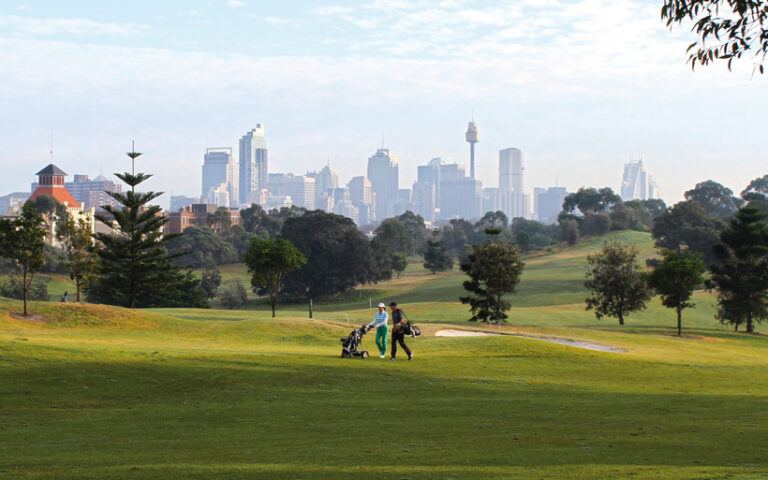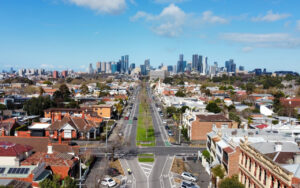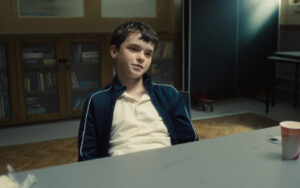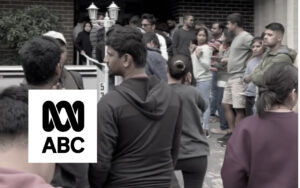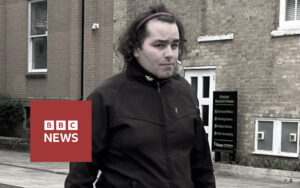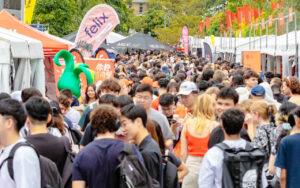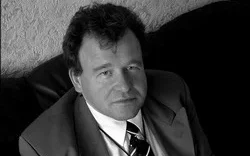The country we love is being destroyed before our very eyes
Australia and its cities have long had some of the highest living standards in the world. Melbourne, for instance, was the richest city on Earth in the Victorian era and was only recently named “the world’s most liveable city” seven straight times. Sydney is our only globally iconic city and remains in place astride one of the most spectacular natural harbours on the planet. So attractive is the city, former New South Wales Premier Bob Carr famously declared that Sydney was “full”.
All of our cities are among the best places to live on earth. In the Economist’s 2021 Global Liveability Index, Australian cities held four of the top ten positions: Adelaide was third; Perth, sixth; Melbourne, eighth; and Brisbane, tenth. Other similar polls abound.
Much of this success is due to the foresight of our founders. In Melbourne, the CBD grid and the main parks and gardens were laid out by the colonial Robert Hoddle and Victoria’s first governor, Charles La Trobe. In Sydney, the CDB is situated alongside the botanic gardens and the oldest constructions on the continent in Macquarie Street. Much the same holds in our other capitals.
On top of this was an appreciation by our forebears of the importance of leisure in achieving a quality of life. To take one example, one of the successes in the eight-hour movement was in 1850s Melbourne when stonemasons building the city’s eponymous university protested for improved conditions. Other advances – like the installation of parks, public pools and golf courses – occurred early on in colonial life and many of these creations remain to this day.
This – allied to our Anglo-European inheritance – constitute much of the success of what we might call The Old Australia. An Australia that is sadly being erased before our own eyes.
But many of the parks, gardens and green areas that made our cities worth living in are disappearing. Take golf courses. These homes of natural health and urban greenery are being shrunk or eliminated entirely. The Moore Park course in Sydney is being reduced from 18 to 9 holes to add space for the city’s booming population. Golfers are having their experience halved to make way for the “80,000 residents who will be living within two kilometres of the site by 2040”.
This is obviously no accident. As Premier Chris Minns confirmed: it is all a part of plans for: “more density, more apartment living [and] more units”. A sentiment supported by Minns’ predecessor, the aforementioned Bob Carr. As the ex-Premier notes, the repurposing of places like Moore Park “is a necessity and must happen. If it doesn’t happen, you’re going to have a rent and housing availability crisis as we absorb 350,000 migrants each year for the next two years”.
Not accepting so many migrants and maintaining our standard of urban living clearly isn’t an option.
It’s the same across the country. Indeed, organisations like the Urban Development Institute of Australia (UDIA) are utterly transparent in their intentions: what they want is to “convert more golf courses into residential areas”. As Max Shifman, ex-UDIA president and CEO of developer Intrapac, remarks: golf courses “are ripe for development and could be unlocked very quickly”.
All that is required are “bold decisions” and “a bit of political will.” What this means in practice, of course, are hastily made choices by governments to hand over hectares of space to developers in opposition to any notion of a public good – i.e. another “tragedy of the commons“.
A tragedy that shows no sign of abating. Ex-AFL player Fraser Brown, for one, is “making moves” by “purchasing the 70.4 hectare Cranbourne Golf Course for a reported $190m, land enough to fit roughly 1350 new homes”. Other courses will suffer the same fate.
If it isn’t golf courses, it’s racecourses. Equally favoured in greenery and location, these historic sites are disappearing. The most emblematic example is Flemington. The scene of the Melbourne Cup is now home to a huge apartment block within the racecourse itself. The 14-storey Darley development is the first residential building in the course’s 184-year history, and was chosen over plans by the likes of Chinese developer Greenland to erect a 31-story tower on the site.
It is the same at all major racetracks in Melbourne. The Moonee Valley Racing Club won approval last year to redevelop its own eponymous course. A development that is due to include a recreation zone in the middle of the track and housing on the eastern perimeter. Caulfield, too, is slated for redevelopment, while Sandown may cease to exist at all with a proposal under way “which could shut down the entire racecourse for residential development”.
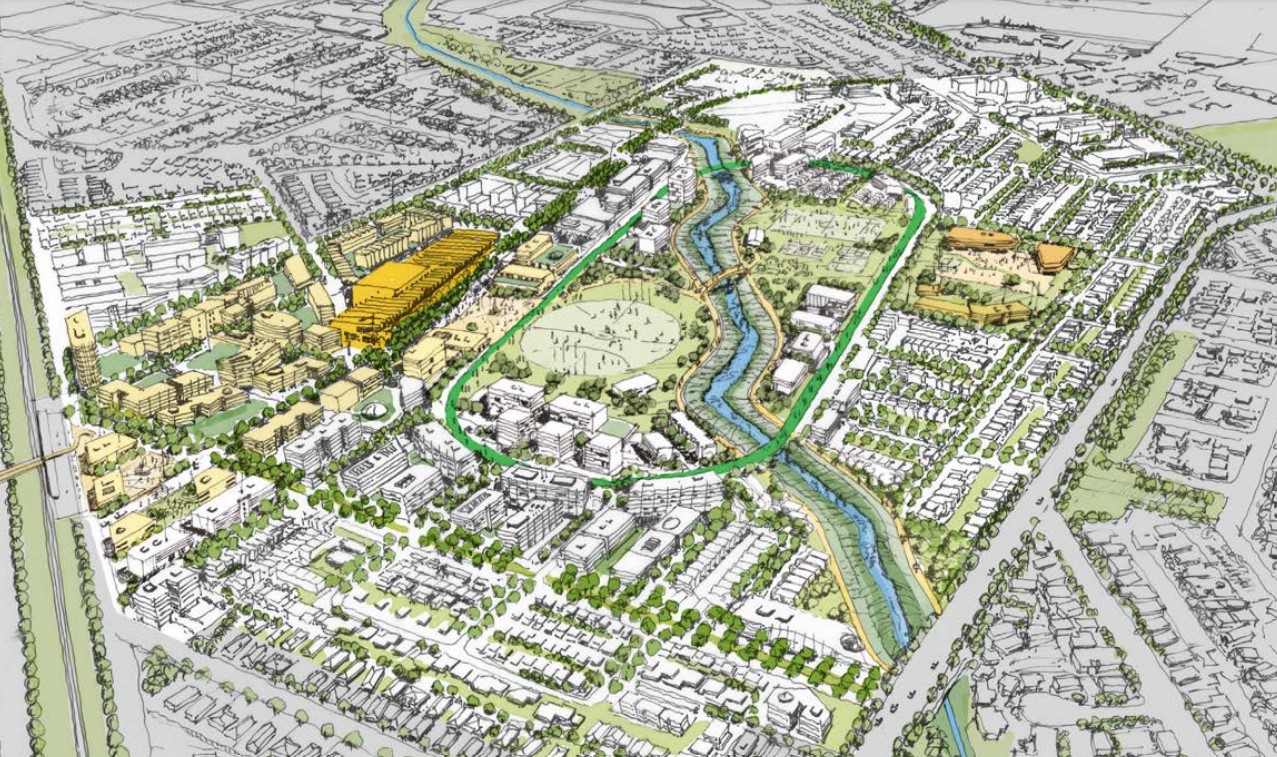
Similar developments are occurring across our capitals. In Brisbane, the massive Mirvac Corporation began a housing development at the Eagle Farm track in 2022. In Adelaide, the South Australian Jockey Club is overseeing the addition of 400 homes to the city’s Morphettville course.
Back in Sydney, the historic Rosehill racecourse may also vanish. A plan by the NSW Government and the Australian Turf Club is under discussion in which the site will be sold “to make way for 25,000 homes next to a Metro station”. At the time of writing the matter was unresolved: with proponents of the sale claiming “a ‘high Indian population’ in the area had led to reduced crowd numbers” and therefore viability.
You don’t even have to like golf or horseracing to appreciate the issue here. These two sports are a mere part of a more profound problem. What is at stake is the destruction of a culture, history and standard of living. What we are witnessing is the erosion of the quality and type of life that Australians have long enjoyed. Our crocodile hunters have become harried apartment dwellers.
What all these trends confirm is that our urban areas – where almost all of us reside – are deteriorating. Our cities are becoming more crowded, less green and less liveable. Parts of Melbourne, for instance, are already denser than Manhattan or London. All this also dispels the myth of Australia as a rural utopia: when we are in fact one of the most urbanised places on the planet. Our decline is further evident in our insane housing costs and our GDP per capita recession.
The reason for all this is obvious – Australians are having their living standards crushed by an inept and morally bereft elite. What we are experiencing is a ruling class that has no other move left in its locker except its shameless dependence on migration-led growth. They are stuck in the rapidly disintegrating paradigm of left-liberalism melded with immigration-driven economic expansion as their sole ostensible source of legitimacy.
Yet on our political class plough. We see it in our record immigration intake. We note it in our extraordinary foreign student numbers. We witness it in Treasurer Jim Chalmers’ focus on overall – and not per capita – GDP. We also saw it in the 2022 Jobs and Skills Summit: an event the Property Council ‘welcomed’ for its increase in permanent migration, as did property developers themselves as they anticipated the “the biggest residential property boom in [their] time”.
Yet it is this reliance on property and construction that is perhaps the biggest problem of our age. A notion confirmed in the plague of questionable building projects currently choking our cities: see Victoria’s Big Build and Suburban Rail Loop for two prime examples. It is also seen in the fact we have one of the highest proportions of construction workers in the developed world.
It is further confirmed by the gas-lighting ALP politicians as they spruik their housing bona fides at the same time as they oversee record immigration levels, hence housing costs. A trend that has elevated the old over the young, further weakened our fertility rates, and deepened our dependence on migration. Promoting local natality and reducing our reliance on immigration is somehow an irresolvable problem for our elites.
Indeed, our ruling class have never seen an immigration number they didn’t want to increase nor a garden they didn’t want to concrete over to fuel demand for construction. Let’s return to Bob Carr as an emblematic example. As Carr has it, there are no real problems with transforming our cities into Asian-style megalopoli. We cannot copy the grandeur of a Paris or Vienna, but we should turn ourselves into Seoul or Shanghai.
As Carr put it in an interview with Mark Bouris, we need more urbanisation to stop our major “cities eventually falling behind as global attractions”; with the ex-Premier citing “China’s rapidly growing Hong Kong bay area and Singapore” not as agglomerations to avoid but as examples to be emulated. One need only note the near one-way traffic from Chinese to Australian cities to see the error here.
Indeed, our elite-led insistence on indiscriminate immigration to fuel overall economic growth, primarily via urban density and construction, is surely the problem now facing us – and the chief reason for the erasure of The Old Australia.
A more balanced economy and a better targeted immigration program focused on preserving our lifestyle and traditions is urgently required.
